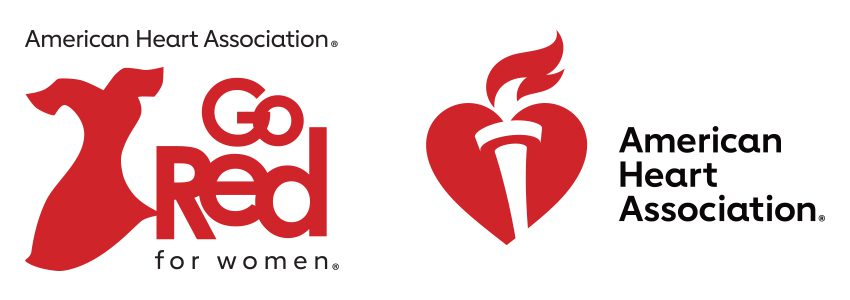
The American Heart Association is dedicated to building healthy lives, free of cardiovascular disease and stroke, through education, caregiver support, research, and development of healthcare professionals. Go Red for Women is a social initiative designed to empower women to take charge of their heart health by equipping them with the knowledge necessary to lead healthy lives with healthy hearts.
Survivor Story
The burning sensation in my chest started when I was with my daddy, who was dying from cancer. The pain felt like a fire poker, and it took my breath away. I was dizzy and had to lie down. An ambulance took me to the ER where tests showed signs of a heart attack. Two hours after I left his side, my daddy passed away.

During the night, the doctors decided I needed an echocardiogram and a heart cath, which is when a catheter is inserted into an artery of the heart. On June 1, 2019, I died during the heart cath. The lead wire dissected my left main coronary artery and my aorta to the inside. This was the point when I reunited with my dad. We were in Heaven’s waiting room, the most amazing place. Then, I saw myself being shocked back to life. It was not my time to go.
Six weeks later, I woke up in a Nashville hospital. My life had relied on an ECMO machine that ran my body functions. Most people are only on an ECMO for a week to 10 days; I was on it for six weeks with the left side of my heart in a state of necrosis and me being in a vegetative state.
Eventually, I was alert enough for my family to explain I’d had a heart attack and there had been MAJOR complications, and now I needed a heart transplant. I was 49 years old, and now I couldn’t feed myself, brush my hair, or go use the bathroom unassisted.
After nearly three months with physical and occupational therapists, I learned to breathe, swallow, whisper, use my arms, and walk again – not an easy task. Being weakened by the machine that saved my life almost took it away. Shortly thereafter, I was added to the heart transplant list.
A few days later, a heart was matched to me. The doctors retrieved the new heart and brought it back to the hospital in a small cooler. In the meantime, my body was cooled down to the temperature of the heart. Once sewn in, my new heart started beating on its own!
Post-surgery rehab seemed endless. At one point, I couldn’t use my arms because the doctors feared it would reopen the incision in my chest. I had to complete so many checklists to get to go home. I feared I’d never get to leave the hospital. There is ALWAYS the concern my body would reject the heart, and as a result, I will take rejection medication for the rest of my life.
After 110 days in critical and intensive care, I left the hospital on Friday, September 13, 2019. Praise the Lord!



